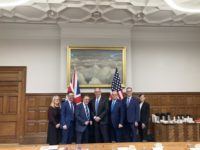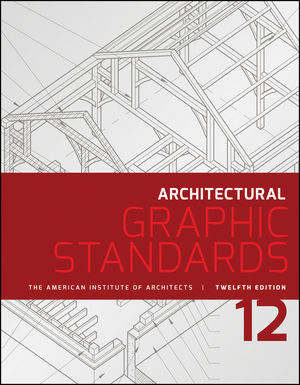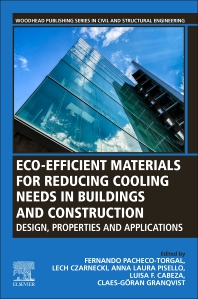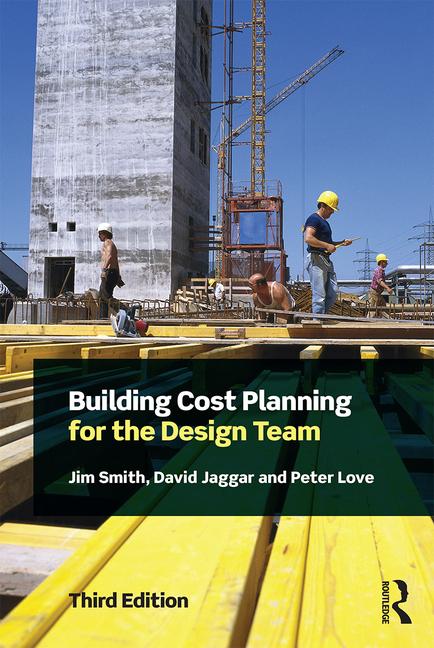Australia, New Zealand, and U.S. Launch New Reciprocity Agreement for Architects
.jpg?1724703569)
Effective November 6, 2024, the Architects Accreditation Council of Australia (AACA), the New Zealand Registered Architects Board (NZRAB), and the National Council of Architectural Registration Boards (NCARB) implemented a new Mutual Recognition Agreement (MRA) replacing the previous MRA between the three countries, adjusting language to further expand licensure access for international architects.
“The updated agreement is pivotal to NCARB’s effort to expand pathways to practice now recognizing all NCARB Certificate holders, including those who achieved licensure through non-traditional paths. I’m thrilled that we’ve been able to open the door to international practice for architects of all backgrounds,” said NCARB President Kenneth R. Van Tine, NCARB, AIA, LEED AP.
The new agreement recognizes the level of competency established through each country’s initial licensure processes and acknowledges the value of the various pathways to licensure within each country. By doing so, NCARB, AACA, and NZRAB are reducing unnecessary barriers to reciprocal licensure without removing the level of rigor needed to protect the public’s health, safety, and welfare.
“These updates to the agreement are a testament to our collective commitment to the vision of a more interconnected architectural community—one that reflects the evolving needs of a global profession committed to addressing worldwide challenges through innovation, creativity, and exemplary design. By removing barriers, it opens doors for global participation and paves the way for a more inclusive and dynamic architectural profession”, said Dr Giorgio Marfella, President of AACA.
Eligibility Criteria
The updated eligibility requirements addressed common barriers for interested architects, including:
- Eliminating the existing requirement that architects must have 6,000 hours of post-licensure/registration experience, expanding eligibility to newly licensed architects
- Accepting architects who obtained their license/registration through various routes, including alternative qualifications and international architect pathways
By reducing common barriers to eligibility––such as extended experience requirements and limited paths to licensure/registration and reciprocity––the agreement will allow more qualified architects the opportunity to venture into an increasingly global marketplace. In turn, NCARB, AACA, and NZRAB, hope to foster increased knowledge exchange and collaboration between architecture professionals across these countries.
“The MRA will make it easier for registered architects to work in Australia and the United States. Working globally enables New Zealand architects to learn from world leading practitioners and demonstrates that New Zealand is becoming an epicenter for design excellence” says NZRAB Acting Chief Executive Judith Taylor, PPNZIA
Representatives from Australia, New Zealand, and the United States originally signed a mutual recognition agreement for architects in 2016. The original agreement—and the 2024 update—was based on an assessment of similarities in architecture licensing/registration standards established by NCARB for its member jurisdictions and the requirements for registration in Australia and New Zealand.
For more information about the Mutual Recognition Agreement between Australia, the United States, and New Zealand, visit ncarb.org/international, aaca.org.au, or https://www.nzrab.nz/c/Pathway-7.
Looking for a reprint of this article?
From high-res PDFs to custom plaques, order your copy today!



.jpg?height=200&t=1724703569&width=200)



